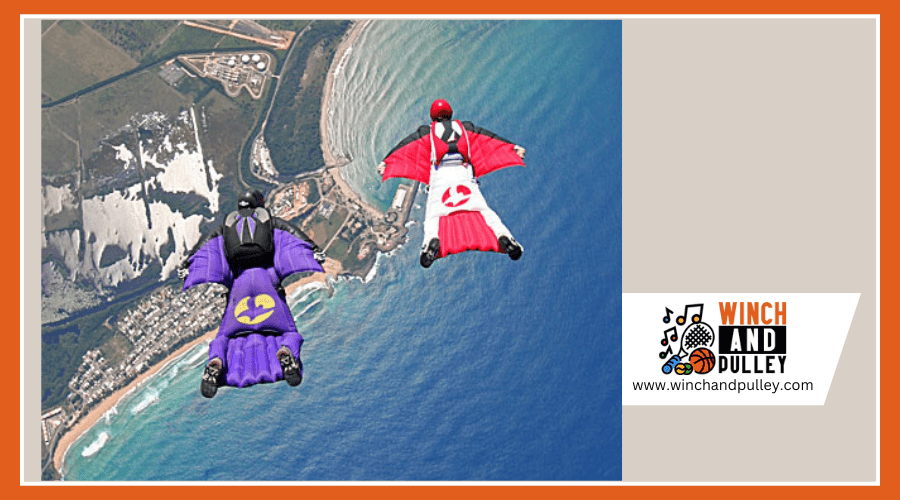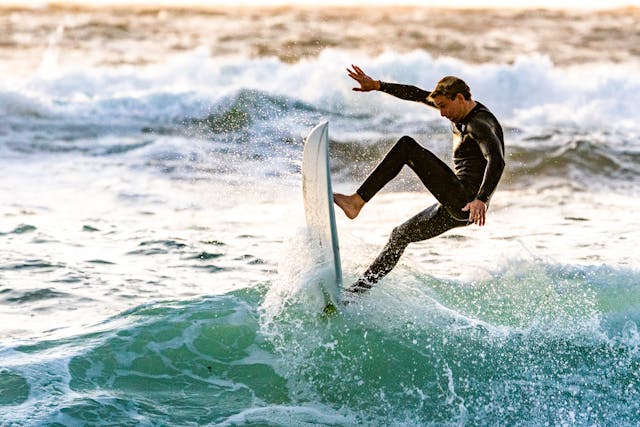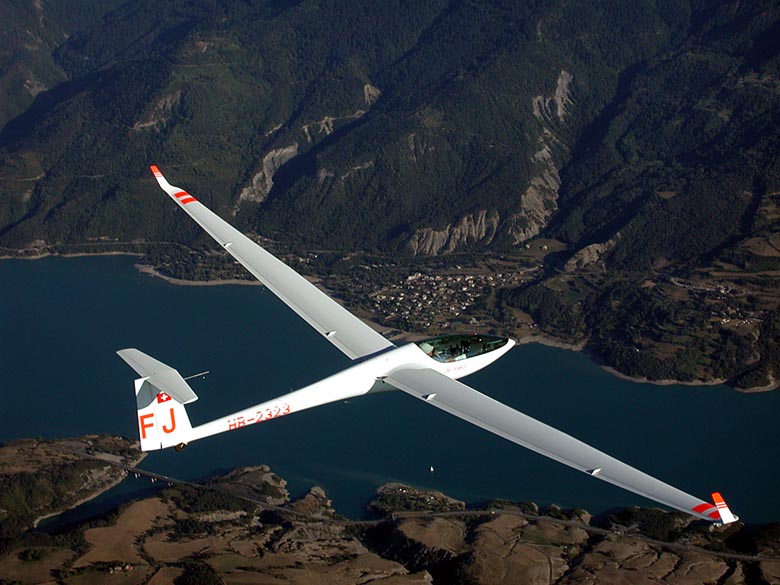The History of Extreme Sports

Extreme sports have a rich and varied history that spans centuries. From ancient practices that pushed physical limits to the modern activities we see today, these sports have always attracted those with a taste for adventure. Read on as we look at the history of extreme sports while tracing their roots and following their development into the global phenomenon they are now.
Ancient and Traditional Practices
Extreme sports are not a modern invention. Ancient civilizations engaged in activities that pushed the boundaries of physical endurance and courage.
One of the earliest recorded examples is the Mesoamerican ballgame, which dates back over 3,000 years. Played by the Olmecs and later by the Mayans and Aztecs, this game involves hitting a rubber ball through a stone hoop without using hands or feet.
The game was physically demanding and often had religious or ritualistic significance. Evidence of these ballgames has been found in archaeological sites like Chichen Itza, with courts that date back to 600 AD.
Another ancient practice with ties to extreme sports is high-diving, which is believed to have originated in Polynesia. Polynesians would dive from cliffs into the ocean, sometimes from heights of over 60 feet. This practice was not only a test of bravery but also a way to demonstrate skill and grace. Historical records from the 18th century describe European explorers witnessing these daring dives during their voyages in the Pacific.
The Roman gladiatorial games, held from the 3rd century BC to the 5th century AD, also reflect the early human fascination with extreme physical challenges. Gladiators, often slaves or prisoners, fought each other or wild animals in arenas like the Colosseum.
Development of Adventure Sports
The development of adventure sports began in the 19th century as explorers and thrill-seekers pushed the limits of human endurance in the face of natural challenges. These early pioneers laid the groundwork for many of the extreme sports we know today.
Mountaineering was one of the first adventure sports to gain widespread recognition. The ascent of Mont Blanc in 1786 by Jacques Balmat and Michel-Gabriel Paccard marked the beginning of modern mountaineering. Their successful climb of the highest peak in the Alps inspired others to pursue similar feats.
By the mid-19th century, mountaineering had become a popular pursuit, with notable climbs such as the first ascent of the Matterhorn in 1865 by Edward Whymper and his team.
Another key development in adventure sports was the rise of Arctic exploration. In 1909, Robert Peary claimed to have reached the North Pole, though this has been contested. Regardless, these expeditions required extreme physical endurance and survival skills, qualities that are central to adventure sports.
The early 20th century saw the emergence of adventure racing, a sport that combines multiple endurance disciplines, including running, cycling, and kayaking. The first recorded adventure race was held in 1968 in Scotland, known as the Karrimor International Mountain Marathon.
The said event paved the way for the creation of more structured adventure races, such as the Eco-Challenge, which began in 1995. Adventure racing became a popular way for athletes to test their limits across diverse terrains and conditions.
The Birth of Modern Extreme Sports
The modern era of extreme sports began in the mid-20th century, driven by innovation, cultural shifts, and a growing desire for new forms of excitement. These sports emerged from traditional activities, with innovators taking them to new heights of intensity and popularity.
Skydiving

Skydiving, one of the earliest modern extreme sports, has its roots in military training during World War II. Soldiers were trained to parachute from planes, a practice that quickly caught on as a recreational activity after the war.
The first civilian skydiving clubs were established in the 1950s, with the United States Parachute Association (USPA) forming in 1946 to regulate and promote the sport. By the 1960s, skydiving competitions were held, further popularizing the sport.
Surfing

Surfing also evolved significantly during this period. While surfing has ancient origins in Polynesia, it was in the early 20th century that the sport began to grow in popularity outside Hawaii.
Duke Kahanamoku, an Olympic swimmer, played a key role in introducing surfing to California and Australia during the 1910s. By the 1950s and 1960s, surfing had become a cultural phenomenon in California, with the rise of surf music, films, and the creation of the modern shortboard, which allowed for more dynamic and extreme maneuvers.
Skateboarding

The 1970s and 1980s saw the rise of skateboarding, another sport that would shape the extreme sports landscape. Originally developed in the 1950s as a way for surfers to practice on land, skateboarding evolved into its own sport with the invention of polyurethane wheels in the early 1970s. This innovation allowed for smoother rides and the development of new tricks.
The Rise of Extreme Sports in the 1980s and 1990s
The 1980s and 1990s were pivotal decades for the growth of extreme sports, marking their transition from underground activities to mainstream phenomena. This period saw the emergence of new sports, the rise of iconic athletes, and the creation of events that would shape the future of extreme sports.
BMX

One of the key developments in the 1980s was the rapid growth of BMX (bicycle motocross) racing and freestyle. Originating in the 1970s as an offshoot of motocross, BMX quickly gained popularity among young riders.
The first BMX world championships were held in 1982 in the United States. The sport evolved further with the rise of BMX freestyle, where riders performed tricks and stunts, leading to the formation of professional teams and competitions like the King of the Skateparks series.
Resurgence of Skateboarding
Skateboarding also experienced a resurgence during this time. After a decline in the late 1970s, skateboarding made a comeback in the 1980s, fueled by innovations like the introduction of the modern skateboard deck and the rise of vert (vertical) skating.
This era produced legends like Tony Hawk, who became the first skateboarder to land a 900-degree spin in 1999 at the X Games, a moment that solidified his place in skateboarding history. The X Games, launched by ESPN in 1995, provided a platform for extreme sports athletes to showcase their skills to a global audience.
Snowboarding
Snowboarding, which had its roots in the 1960s, also exploded in popularity during the 1980s and 1990s. The first snowboarding competition, the National Snow Surfing Championships, was held in 1982 in Vermont.
Snowboarding was officially recognized as a sport in 1998 when it was included in the Winter Olympics in Nagano, Japan. The rise of snowboarders like Shaun White, who would go on to dominate the sport, helped bring snowboarding into the mainstream.
Extreme Sports Media
The 1990s also saw the rise of extreme sports media, with magazines like Thrasher for Skateboarding and Transworld Snowboarding becoming essential reading for fans and athletes alike.
The combination of media coverage, major competitions, and the personalities that emerged during this era cemented the place of extreme sports in popular culture.
Modern Developments and Trends
One of the most notable trends in the modern era of extreme sports is the increasing popularity of wingsuit flying. Wingsuit flying, which began gaining attention in the late 1990s, has become a prominent extreme sport.
The first World Wingsuit League (WWL) competition took place in 2012 in China, bringing together the best wingsuit pilots from around the globe. Athletes like Jeb Corliss have become well-known for their daring flights, often captured in breathtaking videos that go viral online.
Technology has also played a significant role in the growth of extreme sports. The development of high-definition action cameras like the GoPro, introduced in 2004, has allowed athletes to capture and share their experiences from their own perspective.
The device has not only increased the visibility of extreme sports but also inspired new generations to participate. Live streaming and social media platforms have made it easier for athletes to connect with fans and sponsors.
In recent years, new hybrid sports have emerged, combining elements of traditional extreme sports. For example, Speedflying, which blends paragliding with skiing, has gained a following among thrill-seekers looking for a new challenge. The Red Bull X-Alps, first held in 2003, showcases athletes who must hike and paraglide across the Alps in one of the toughest endurance races in the world.
Conclusion
From the early days of mountaineering and surfing to the rise of skateboarding and snowboarding in the 20th century, extreme sports have continually pushed the boundaries of what is possible. Today, with advancements in technology and the influence of social media, extreme sports are more popular than ever.




